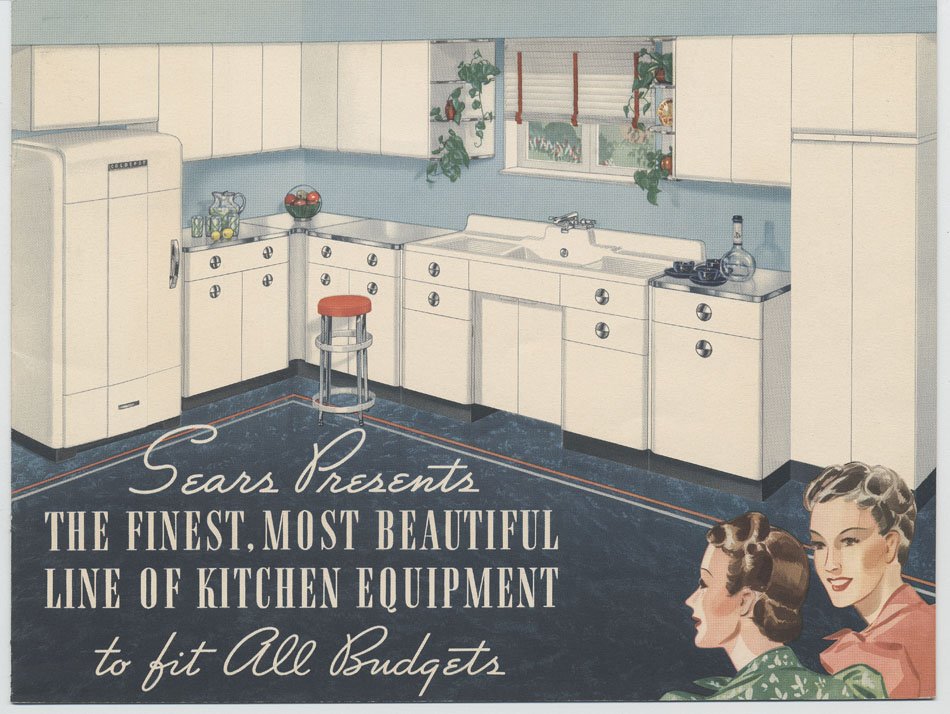Mail-Order Catalogs
In the mid-nineteenth century a confluence of events gave birth to a new and highly successful American industry-the mail-order catalog. The construction of railroads, the introduction of new consumer goods, and advances in printing technology all drew the industry to Chicago, which soon became a the hub of mail-order commerce and the headquarters for Montgomery Ward and Company, Sears, Roebuck & Co., and other smaller companies.
The growth of the industry was remarkable. By 1893, Ward's was receiving 15,000 mail-orders a day. Congress supported the new market by instituting Rural Free Delivery, and in 1912 a parcel-post law was passed providing for economical delivery of large packages. By 1924, more than six-and-a-half million Americans were benefiting from these services
RR Donnelley's business volume doubled between 1915 and 1919 in part due to a 1917 contract to print the Montgomery Ward catalog. Work for Sears, Roebuck & Co. started at the same time. On a routine sales call in 1922, Donnelley secured the first significantly large contract with Sears for the Dallas edition of the general catalog (or "Big Book"). Then in 1928, as its contract with Cuneo Press neared expiration, Sears decided to turn the printing of the Big Book over to RR Donnelley and W. F. Hall.
Hall was to do the composition (this because RR Donnelley compositors already handled the Ward's catalog, with the danger that the two jobs would be mixed up); Donnelley was to do the printing. But when Hall's price for composition became too high, Donnelley took over the entire production of the catalog.
In 1948, RR Donnelley built a two-story, 45,000 square foot facility in Chicago exclusively for printing each of two yearly Sears catalogs with a combined print run of seven million copies. In 1964, RR Donnelley built a plant in Warsaw, Indiana, to produce the JC Penney catalog. Donnelley remained the printer for Sears's "Big Book" until 1993, when the retailer discontinued its catalog service.

